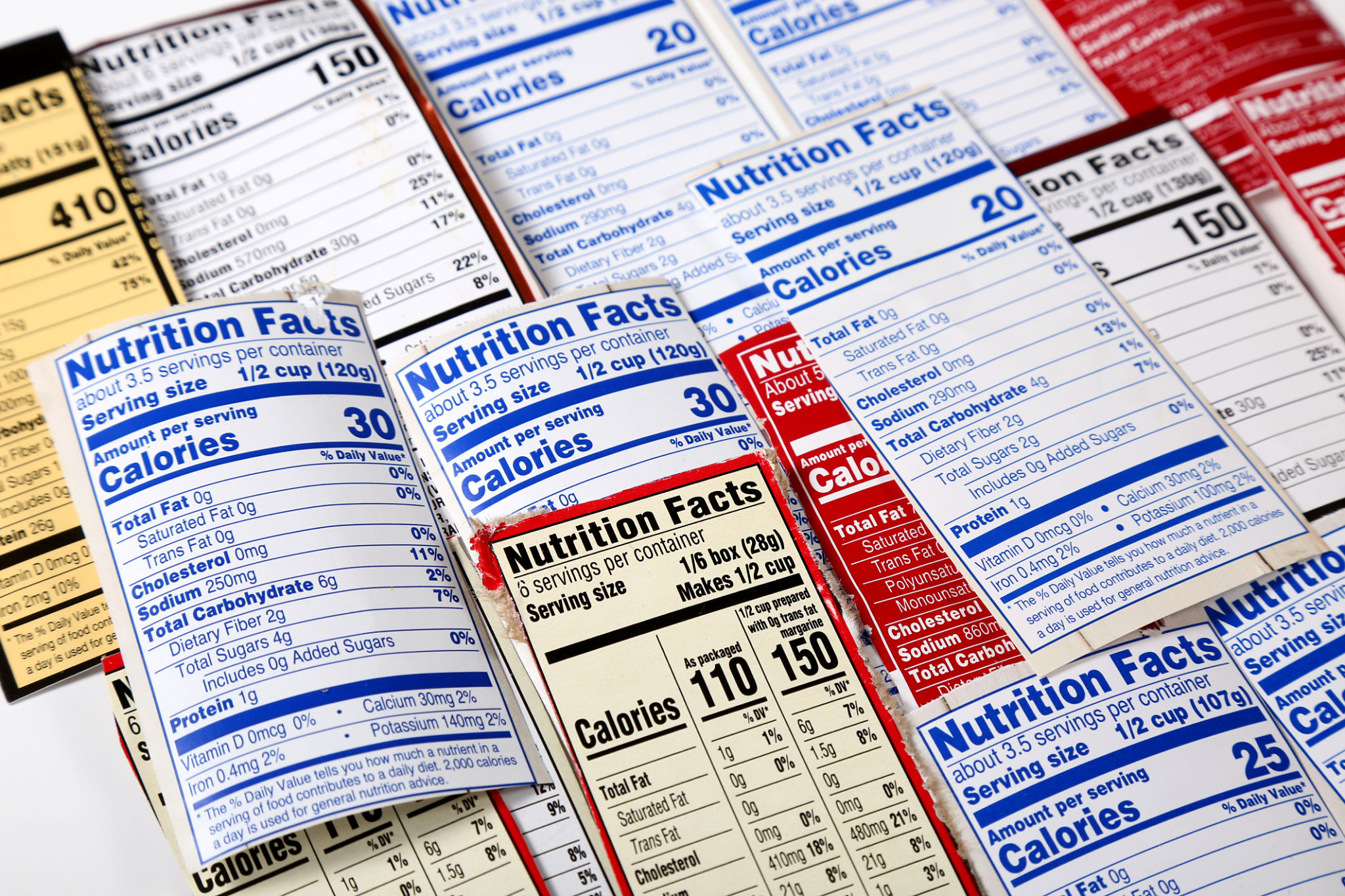Label Review 101: Ensuring Your Food Products Meet Legal Requirements
In the competitive food industry, ensuring that your product labels meet legal requirements is crucial. Not only does it help you avoid potential fines and legal issues, but it also builds trust with consumers. This guide will walk you through the essential steps of a label review, ensuring your food products are compliant and market-ready.
Understanding Label Requirements
Food labeling is regulated by government agencies, such as the FDA in the United States. These regulations are designed to ensure that consumers receive accurate information about the products they purchase. Key elements include the product name, net quantity, ingredient list, nutritional facts, and any allergen information. Familiarizing yourself with these requirements is the first step in the label review process.

The Importance of Accurate Product Names
One of the most critical components of your label is the product name. It must accurately reflect the contents of the package. Misleading names can lead to consumer dissatisfaction and legal repercussions. Ensure that the name is descriptive and straightforward, avoiding any ambiguous terms that could confuse consumers.
For instance, if your product is a blend of fruit juices, it should clearly state "fruit juice blend" rather than implying it is a single fruit juice. This transparency helps maintain consumer trust and aligns with legal standards.
Ingredient Lists and Allergen Warnings
The ingredient list provides consumers with essential information about what is in the product. It needs to be detailed and accurate, listing ingredients in order of predominance by weight. This is vital for consumers with dietary restrictions or allergies.

Highlighting Allergens
Allergens are a significant concern for many consumers. Regulations often require that common allergens, such as peanuts, soy, and dairy, are clearly identified on labels. Ensure that any potential allergens are prominently displayed in your ingredient list or in a separate allergen statement.
Failure to properly label allergens can lead to severe health risks and legal consequences. Therefore, it is essential to conduct a thorough review and verification of all ingredients used in your product.
Nutritional Facts and Claims
Consumers are increasingly health-conscious, making the nutritional facts section a crucial part of your label. This section provides information on calories, fats, sugars, and other nutrients. Ensure that these facts are accurate and presented in a manner consistent with regulatory guidelines.

Understanding Nutritional Claims
If your product makes specific nutritional claims, such as "low fat" or "high in fiber," verify that these claims meet legal definitions. Misleading claims can not only damage your brand's reputation but also lead to regulatory action.
Regularly review the regulations regarding nutritional claims to ensure that your product aligns with current standards. This proactive approach can prevent potential issues and enhance consumer confidence in your brand.
Final Steps in Label Review
Once your label is drafted, conduct a comprehensive review to ensure all elements meet legal requirements. This includes proofreading for accuracy and clarity, checking for compliance with current regulations, and verifying that all mandatory information is present.
Consider consulting with a legal expert or a regulatory consultant who specializes in food labeling. Their expertise can provide valuable insights and help you navigate complex regulatory landscapes, ensuring your product is ready for the market.

